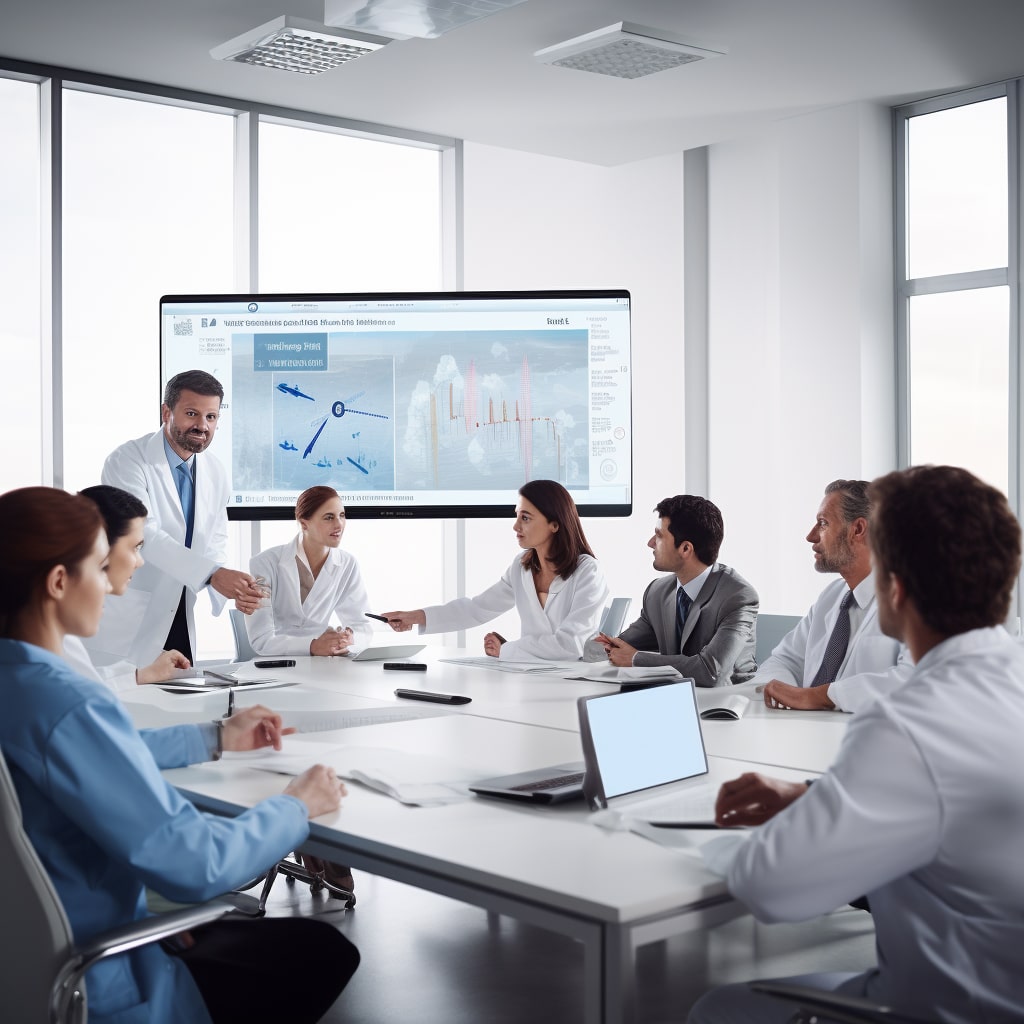
Related products
€131.00
Vi PRP-Pro PRP tubes provide the simplest and most efficient method for obtaining and preparing platelet-rich plasma (PRP) from the patient's blood.





